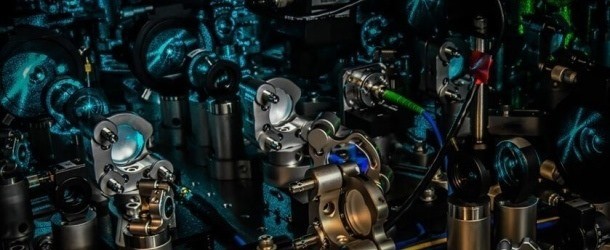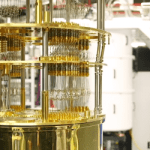Honeywell’s Entry into Commercial Quantum Computing With Entirely Different Tech

(ArsTechnica) Quantum computing developers like Google, IBM, and Rigetti—have settled on manufacture significant numbers of solid-state qubits called transmons. But transmons aren’t ideal either. They require extremely cold temperatures, show significant device-to-device variability, and are good but not great at holding their state. Honeywell, a company better known as a defense contractor and materials supplier, is announcing that it has built a quantum computer using an alternate technology called “ion trap” and will be making it available via Microsoft’s Azure cloud service later this year.
Transmon qubits work by circulating a current through a loop of superconducting wire, linked to a resonator that allows the state of the current to be controlled and read out. Both the superconducting wire and resonator, however, have to be manufactured, which allows for subtle differences between the individual qubits. In addition, all of that hardware has to be kept extremely cold.
Trapped ions provide a way around some of these challenges. The actual qubit is formed from a very small number of atoms—just two in Honeywell’s case. Honeywell’s president of Quantum Solutions, Tony Uttley, has emphasized that this eliminates manufacturing issues, as every single device has identical properties defined by the atom being used (ytterbium in this case). “Every qubit starts perfect,” Uttley told Ars. “Any error that you introduce is an error that you’ve put in place because of the surrounding infrastructure.”
The device Honeywell is describing today lines up four qubits along a single line of these storage/manipulation stages. But the diagram of the device also shows two additional lines of storage and manipulation stages flanking the line that was used in these initial experiments. This is in keeping with what Uttley told Ars: Honeywell is convinced the device can scale rapidly.
One interesting aspect of this setup, which Uttley says isn’t available on any other commercial system right now, is that you can measure a qubit individually without necessarily disturbing anything else in the system.
NOTE: An excellent look inside Honeywell’s quantum computing system. Recommended reading.



















